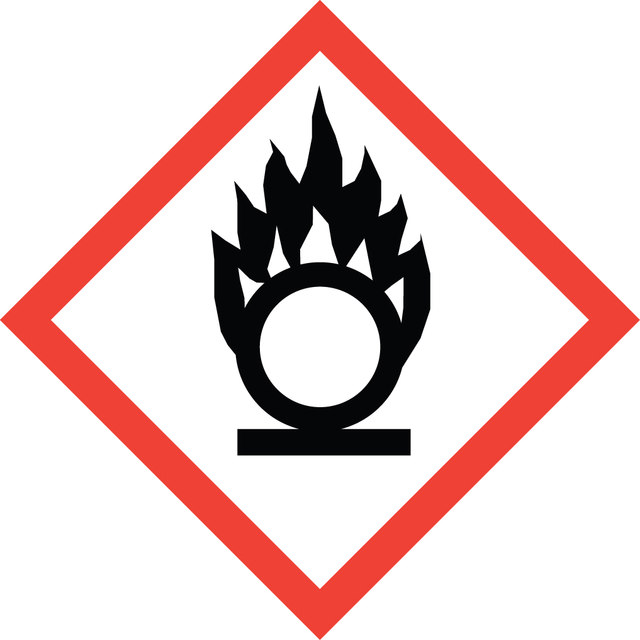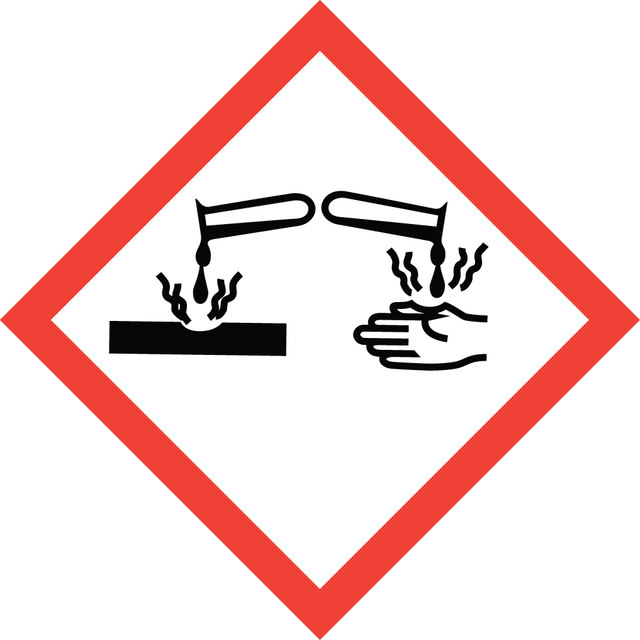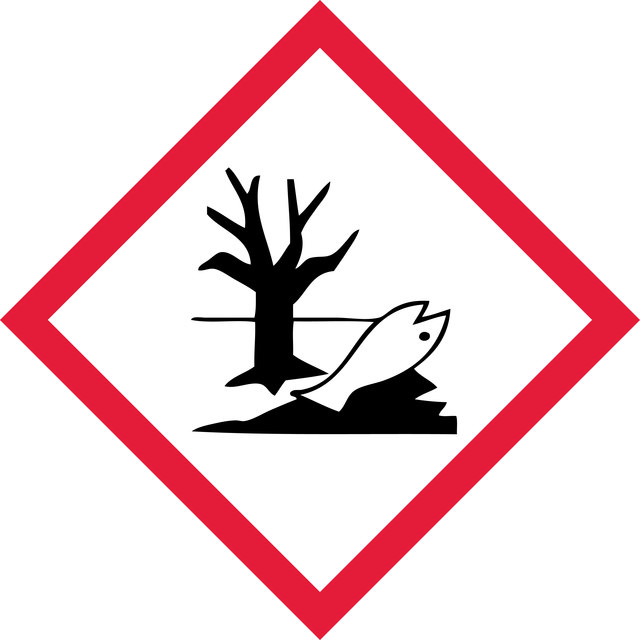B81255
N-Bromosuccinimide
99%, for peptide synthesis, ReagentPlus®
Synonym(s):
NBS
Sign Into View Organizational & Contract Pricing
Select a Size
About This Item
Empirical Formula (Hill Notation):
C4H4BrNO2
CAS Number:
Molecular Weight:
177.98
Beilstein:
113916
EC Number:
MDL number:
UNSPSC Code:
12352101
PubChem Substance ID:
NACRES:
NA.22
Product Name
N-Bromosuccinimide, ReagentPlus®, 99%
Quality Level
product line
ReagentPlus®
Assay
99%
form
powder
mp
175-180 °C (dec.) (lit.)
application(s)
peptide synthesis
storage temp.
2-8°C
SMILES string
BrN1C(=O)CCC1=O
InChI
1S/C4H4BrNO2/c5-6-3(7)1-2-4(6)8/h1-2H2
InChI key
PCLIMKBDDGJMGD-UHFFFAOYSA-N
Looking for similar products? Visit Product Comparison Guide
General description
N-Bromosuccinimide (NBS) is an organic compound commonly used as a brominating agent in organic synthesis. It is a convenient source of bromine radicals. It is used in radical bromination of allylic and benzylic positions. Additionally, NBS is also used as a reagent in electrophilic addition and electrophilic substitution reactions in organic chemistry.
Application
N-Bromosuccinimide can be used as a reagent:
- In the Wohl-Ziegler reaction (bromination at allylic positions via a radical pathway).
- To synthesize benzils and aliphatic 1,2-diketones from hydrobenzoins and 1,2-diols in the presence of CCl4 as a solvent.
- To prepare tricyclic azepino[4,5-b]indoles from indole-β-enaminoesters or β-enaminones via Pictet–Spengler cyclization.
- To synthesize acylsilanes via oxidative hydrolysis of 2-silyl-1,3-dithianes.
Versatile brominating agent. For the oxidation of tryptophan though tyrosine, histidine and methionine residues may be oxidized to a lesser extent. Also used for the modification of ribosomal sulfhydryl groups.
Features and Benefits
NBS is an easier and safer brominating agent to handle than bromine.
Legal Information
ReagentPlus is a registered trademark of Merck KGaA, Darmstadt, Germany
Signal Word
Warning
Hazard Statements
Precautionary Statements
Hazard Classifications
Aquatic Acute 1 - Eye Irrit. 2 - Met. Corr. 1 - Muta. 2 - Ox. Sol. 3 - Skin Irrit. 2 - Skin Sens. 1B
Storage Class Code
5.1B - Oxidizing hazardous materials
WGK
WGK 3
Flash Point(F)
Not applicable
Flash Point(C)
Not applicable
Personal Protective Equipment
dust mask type N95 (US), Eyeshields, Gloves
Choose from one of the most recent versions:
Already Own This Product?
Find documentation for the products that you have recently purchased in the Document Library.
Synlett, 345-345 (1990)
Synlett, 347-347 (1990)
Silvio Neumann et al.
Polymers, 11(8) (2019-07-31)
The synthesis of polymers of intrinsic microporosity (PIM) modified with azide groups, the cross linkage by nitrene reaction and their performance as gas separation membranes are reported. The azide modification of the spirobisindane units in the polymer backbone was done
Laurence S Freedman et al.
American journal of epidemiology, 181(7), 473-487 (2015-03-20)
We pooled data from 5 large validation studies (1999-2009) of dietary self-report instruments that used recovery biomarkers as referents, to assess food frequency questionnaires (FFQs) and 24-hour recalls (24HRs). Here we report on total potassium and sodium intakes, their densities
Laura Vallejo-Torres et al.
Pediatrics, 136(2), e424-e432 (2015-07-15)
There are conflicting views as to whether testing for biotinidase deficiency (BD) ought to be incorporated into universal newborn screening (NBS) programs. The aim of this study was to evaluate the cost-effectiveness of adding BD to the panel of conditions
Our team of scientists has experience in all areas of research including Life Science, Material Science, Chemical Synthesis, Chromatography, Analytical and many others.
Contact Technical Service



